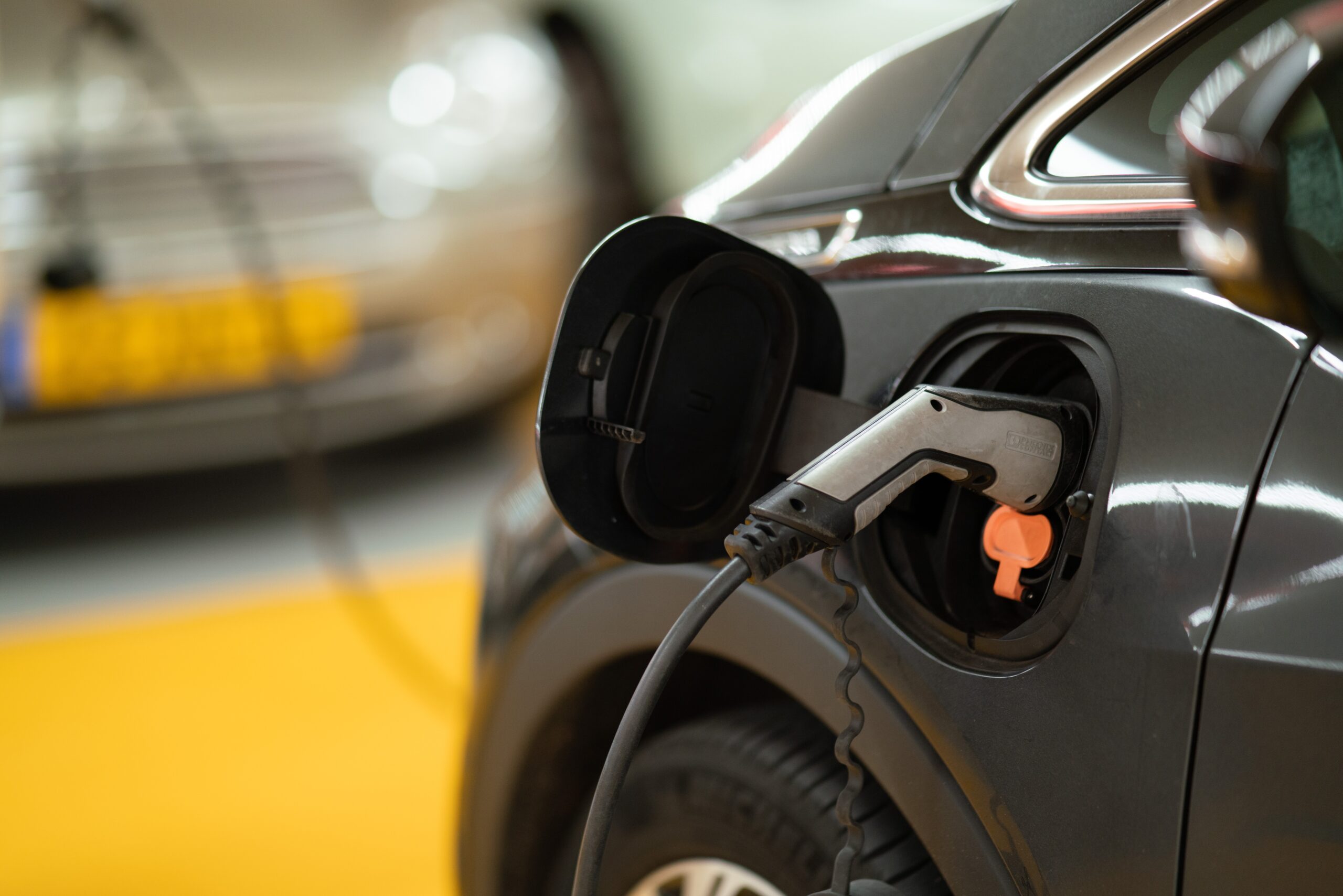EV infrastructure has been on the rise for quite some time now. Since the start of the electric vehicle revolution, the way owners charge their cars has changed drastically. All of this innovation has led to some confusion around the process. How does charging work, where do you charge, and can you charge in public?
Nearly 80% of electric vehicles are charged at home, and many owners prefer to charge their cars at their workplaces using their chargers, foregoing public stations. Despite this, public charging stations remain integral to EV ownership, providing charging opportunities on trips outside the vehicle’s average battery range. Here are a few things prospective and current EV owners should know about charging their cars.
Charging Levels
There are three charger types: Level 1, Level 2, and Level 3, also known as Direct Current Fast Charging. The levels determine the speed at which your EV charges as well as the cost. A Level 1 can be plugged into any 110–120V home outlet. It pulls the same amount of charge as a lamp or phone charger and operates at an incredibly slow rate, returning no more than a couple of miles an hour. A full battery may take up to 24 hours or more to achieve. While this can work in a pinch, most prefer a Level 2 or above.
A Level 2 is considerably faster than a Level 1, as it returns upwards of 25 miles of battery per hour, which translates to a fully recharged vehicle in six to eight hours. A Level 2 plugs into a 240V outlet — the same as a washing machine or dryer. Level 2s are more expensive than Level 1s and are the most common chargers at public stations.
Level 3 chargers, known as Direct Current or DC Fast Chargers, are the fastest. Capable of fully charging a vehicle in under an hour, they work at rates of 400V or more and are exclusively reserved for public stations. While they are the most in-demand, they are the least common. However, the federal government is allocating $5 billion in funding to construct a fast-charging network.
Charging Networks
As the nation’s charging network gets larger, individual networks are emerging as crucial players. Electrify America, ChargePoint, and EVGo are becoming big names in America’s charging infrastructure. The prevailing business models used by networks are pay-as-you-go or subscription-based.
Charging Costs
Pay-as-you-go is straightforward. You pay by the minute or kWh, just as you would for a gallon of gas. Subscription-based charging networks offer a method that either completely pays the month’s charges or gives access to the company’s network. The prices for individual networks change based on the brand and state where the charger is located. The rates for Level 2 public stations are pretty standard at one to two cents per minute. But for DC fast-charging sites, the per-minute or kWh rates fluctuate from rates as low as 31 cents a kWh to as much as 43 cents a kWh on Electrify America. Many networks, including Electrify America, ChargePoint, and EVGo, have partnered with automakers to give buyers significant discounts and incentives, with brands like Cadillac offering two-year unlimited charging from EVGo and Ford offering 250 kWh of free charging from Electrify America.
Plugs And Connectors
The lack of standardized plugs and connectors can make public charging challenging. There are currently three plugs for DC fast chargers: CHAdeMo, Tesla, and CCS. CHAdeMo fast charging connectors were developed in tandem with the release of the Nissan Leaf but now are only used by Japanese-owned companies, like Nissan and Mitsubishi. Tesla’s charging stations were designed exclusively for their electric vehicle lineup. However, using an adaptor, Tesla cars can charge on CHAdeMo connectors. CCS chargers are the most widely used connection by American brands, except Tesla and every European brand that has released vehicles for the American market. Electrify America has pledged only to build CCS charging stations as they are the dominant charging port used by the network, with less than 5% of energy dispensed coming from CHAdeMo chargers.
Luckily, plenty of apps are available from charging networks like Electrify America, ChargePoint, and EVGo to help find stations with a suitable connector and network. Other resources include discounts for different car brands and charging networks and PlugShare, an app that finds charging stations regardless of network.





